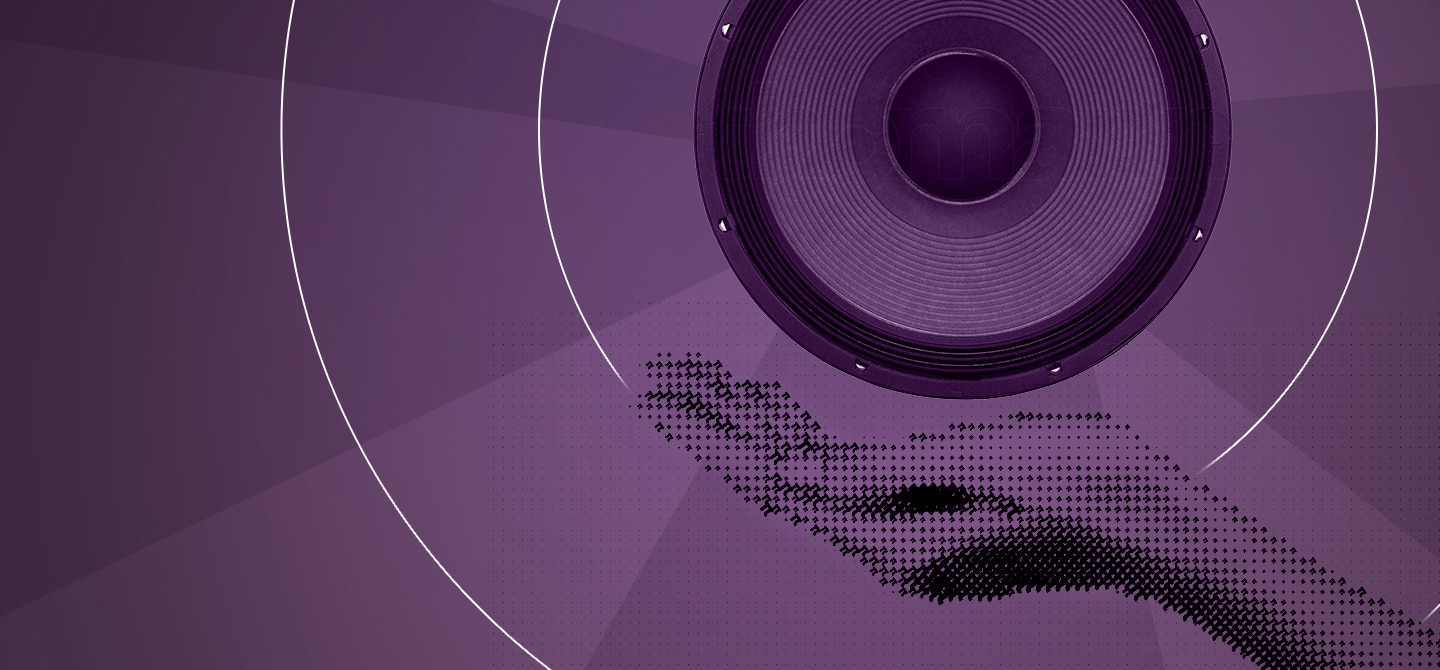Is fog computing the future of databases?
- Fog computing is a decentralised computing infrastructure, where multiple small machines are geographically dispersed and placed close to the users.
- The technology is in full development and helps to reduce the travel time of data streams to cloud data centres.
- Fog computing is already used in industry, and is of interest to many fields such as agriculture, health and tourism.
- It allows for greater speed and efficiency, which is very useful for applications that require interactivity, such as augmented reality or video games.
- The system is not intended to replace the cloud, but can address some of its limitations: high-energy consumption, saturation, latency, etc.
Sending an e‑mail, watching a video on YouTube, organising a video conference meeting, or playing an online game… Each of these activities requires significant data flows to and from servers, located in data centres. The Cloud is the preferred remote processing and storage system for developing all the Internet applications we use every day. But other decentralised computing infrastructures exist. Fog computing is growing in popularity. According to specialist consultant Future Market Insights, the global fog computing market is expected to reach $2.2 billion by 2032, up from $196.6 million in 2022.
Shortening the data journey
What is fog computing? “It is a highly decentralised cloud, with small, geographically dispersed computing units, closer to the data sources, and therefore closer to the users,” says Guillaume Pierre, a professor of computer science at the University of Rennes, who is currently working on this technology. Indeed, users’ data travels back and forth to data centres that are generally very far away, which may be located in another country or continent, and which consume a lot of energy. Fog computing makes it possible to shorten the routes of these flows. Guillaume Pierre is working on the use of small machines, the size of a credit card, often used to teach computing, the Raspberry Pi.
This infrastructure therefore responds to certain limitations of the Cloud. However, Fog computing will not replace the Cloud, warns the computer science professor: “Fog computing is rather the extension of the Cloud into new territories, new types of needs.” Its main interest: the speed and efficiency of data transmission. Fog computing can therefore be particularly useful when the application used requires the lowest possible response time, such as augmented reality or video games.
Fog computing is the extension of the cloud into new territories, new types of needs.
“When we move towards demanding usage scenarios, the response time can be significant enough that interactivity is compromised and the application functions poorly or not at all,” says Guillaume Pierre. For virtual or augmented reality, for example, experts say that if the time between a movement and the display update exceeds a delay of 20 milliseconds, the user may suffer from seasickness because the objects appear to be unstable. “Fog computing can be a solution to reduce the latency between the user and the game,” says the professor.
An advantage for the Internet of Everything
The other advantage of fog computing is the development of the Internet of Things. Connected objects such as smartphones, tablets, cars or smart TVs are now ubiquitous. This is also the case in many areas such as industry, agriculture, scientific research, urban planning and security. Connected objects, such as a temperature sensor, a camera or an energy meter, produce data at certain points. “When we work with scientists who observe the flooding of a river, for example, it can be interesting to process the data on the spot so as to be able to programme reactions such as changing the frequency of measurements, applying a particular type of treatment, etc.”, explains Guilaume Pierre.
Is fog computing a solution to the environmental challenges posed by data centres? According to Guillaume Pierre, the answer is unclear. Indeed, these centres consume a lot of energy, but they are also well optimised. Fog technology is still being developed. “If we do things badly, it is possible to consume more. On the other hand, we may have access to more renewable energy to power the small machines. We are thinking about ways to power tools with renewable sources, perhaps solar panels, which would reduce the ecological impact considerably,” says the specialist.
Our massive use of digital technology could also lead to a storage crisis. According to researchers at Aston University in England, the cloud will reach saturation point, with a 300% increase in the amount of data in the world in the next three years (study published in December 2022). “Organising storage systems based on smaller units may be part of the solution, especially if the data is already dispersed at the outset, such as with the Internet of Things,” says Guillaume Pierre.
Towards the massification of the technology?
Beyond the comparison with the Cloud, research into Fog computing has already led to concrete advances. Guillaume Pierre coordinated the European FogGuru doctoral training project. Eight doctoral students were able to work with the city of Valencia, in Spain, on water consumption, a major issue in this semi-desert area. The city has been deploying smart meters, similar to Enedis’ Linky device, for the past 15 years: the team of researchers developed the application that processes the data in order to intervene more quickly in the event of a water leak affecting consumers. Previously, the response time was between three and six days. With Fog computing, data is transmitted more frequently and efficiently, and the response time is reduced to only a few hours, thus avoiding the waste of this precious resource.
Fog computing is also already being deployed in industry. Telephone operators are also very interested in developing this technology, as are museums and tourist offices, which see it as a way of offering smooth and fast animations and simulations. The uses are varied: scientific data processing, video games, industrial processes, restaurants that want to optimise their frequentation, medical analyses, visits to a city or an exhibition in augmented reality, etc.
So what is missing for the large-scale development of this technology? “What we don’t have today are general systems, where anyone can deploy their application in the Fog, and where several uses can coexist. This massification will take a little time, because we lack application deployment and platform management technologies, which we are currently working on. Within ten years or so, we will have this technology deployed and available, perhaps not for individuals, but certainly for companies,” says Guillaume Pierre.















